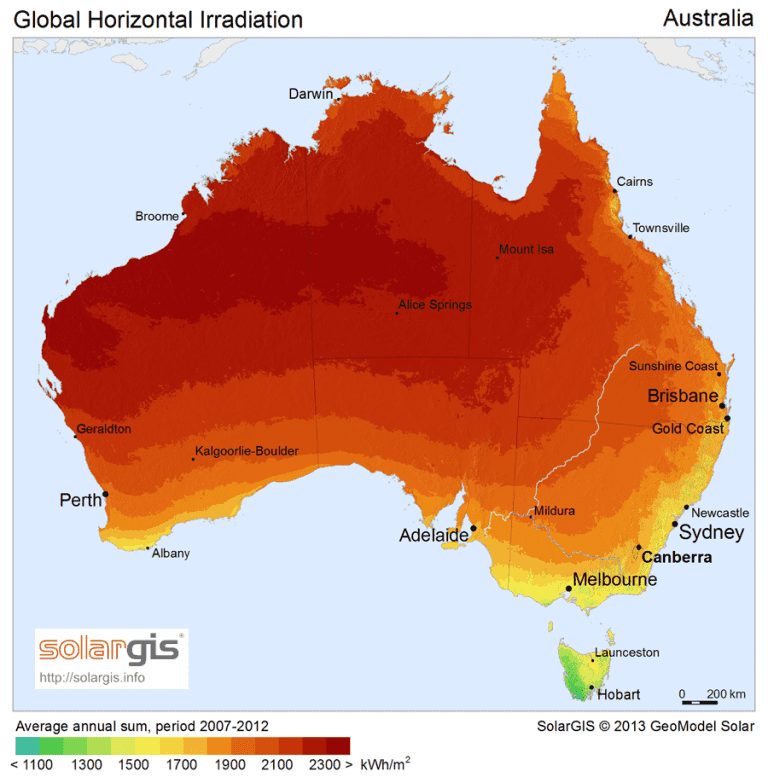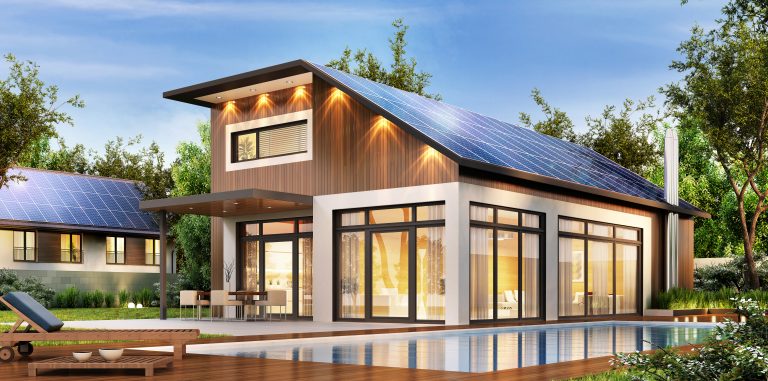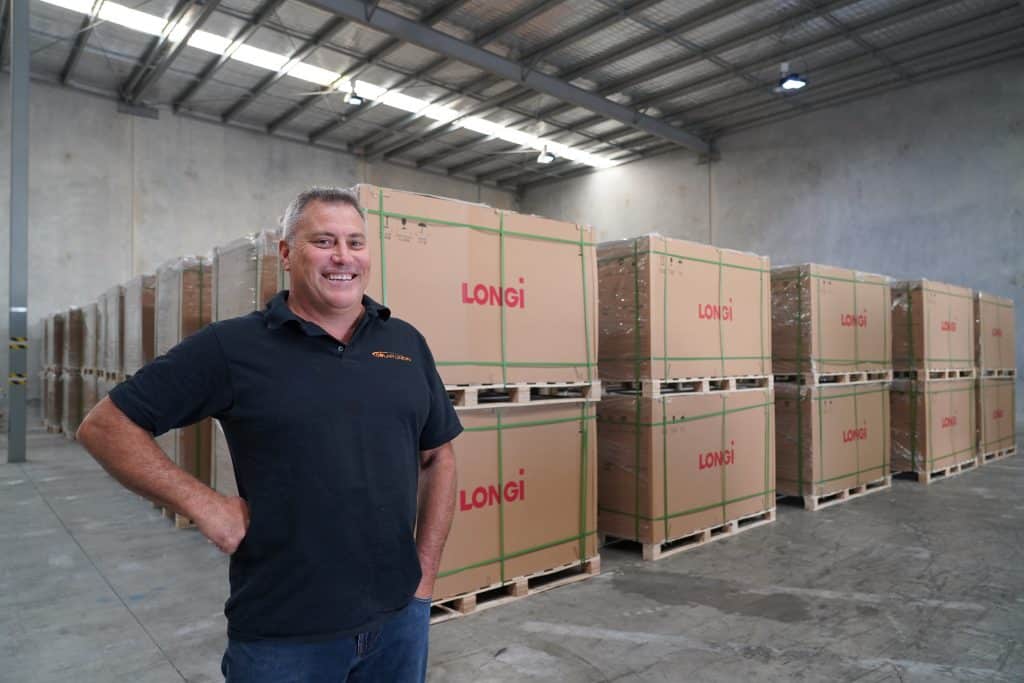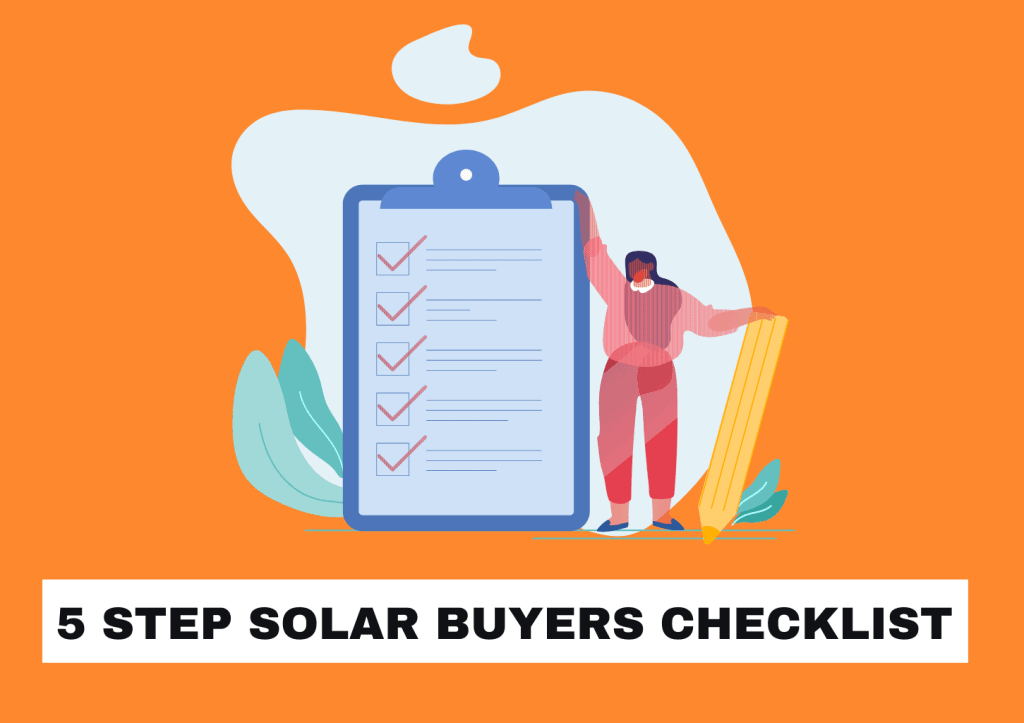
Are you planning to purchase solar in 2022?
If that’s the case, you’re not alone.
An estimated 360,000 solar systems were installed in 2021 according to PV magazine.
Many Australians are aware that solar energy is beneficial to both themselves and the environment.
The Australian government is now pushing for a zero-emissions goal by 2050. There are numerous advantages to going solar.
However, before you purchase a spanking new solar system, here are the five frequent faults we encounter in the solar industry.
1 - Indulging In Unreasonably Low-Priced Deals
Cheap systems have grown more common in recent years, which appears to be a positive thing for homes looking to get in on the action at a lower price.
Cheap solar offers, on the other hand, are rarely the greatest solar bargains for you. Because low-quality systems often will need to be replaced in a few short years. The statistics speak for themselves, with over 800 solar firms going bankrupt in the previous ten years, leaving an estimated 800,000 non-functional solar systems with worthless warranties.
The bulk of these companies are referred to as phoenix solar businesses since they will liquidate in order to clear debt and then create a new solar company to restart the cycle.
It will cost you more than if you had acquired a good system from a trustworthy vendor in the first place. While they may be inexpensive on the “front end”, solar can quickly become excessively expensive in the long term.
Why not go solar for the long haul if you’re going to do it, because that’s where you’ll find all the advantages. The longer your system runs, the more money you’ll save and, as a result, a higher return on your investment.
If you still want to save money and don’t care about the next 5, 10, or 15 years, go to Google and type in “cheapest solar system” and click on the ad that offers a 6.6kw for under $3000.
A 6.6kw solar system costs between $5000-$8000, just to give you an idea. The projected prices for various system sizes are depicted in the graphic below. Referenced by Solar Choice.

2 - Misinterpretation of Usage Patterns

The word “usage patterns” refers to how you utilise electricity at different times of the day and night. This includes your power consumption habits.
Why is this significant when it comes to solar?
Because the electricity you consume from your solar system is more expensive than the electricity you sell to the grid.
As a result, the more electricity you use, the more money you may save.
First-time solar owners frequently make the error of increasing their evening consumption because they believe that now that they have solar, they may use as much energy as they like.
Which is not the case.
For example, you consume 50 per cent of your solar system’s output during the day. The electricity you consume is worth 0.25 cents per kilowatt-hour.
You now sell the remaining 50% of that electricity to the grid for 0.08c per kilowatt-hour. As a result, the difference is 0.17 cents per kilowatt-hour.
This is why using as much energy as possible will result in greater savings. Not everyone will sell all of their produced energy, and not everyone will utilise all of their generated solar energy.
During the day, most households should anticipate to utilize roughly 40-60 percent of their solar energy.
It’s critical to examine your bill carefully to figure out how much electricity you used during the day. This is to ensure that you get the most from your solar system.
3 - Waiting For The Perfect Time
Waiting for the appropriate time to go solar is a typical error made by homeowners. They wait for the greatest deals on batteries, solar panels, and other items.
Years pass, and they still lack solar power.
Despite all of the hype surrounding batteries in 2022, they are still expensive and far from perfect.
A Tesla power wall, for example, costs between $11,000 and $12,000 and takes 12 to 15 years to pay off, with a 10-year warranty.
Most people have heard or assumed that installing solar without batteries won’t work because they won’t be able to store the energy generated for the night.
Meanwhile, they pay their hefty power bills on a quarterly basis without concern.
Without batteries, a high-quality solar system can save you up to 80% on your energy bill.
Waiting another 2–5 years for batteries to become less expensive will result in thousands of dollars being wasted.
As time goes on, batteries will get less costly. You can always add a battery to most solar systems in the future when they become more available and cost-effective.
This allows you to take advantage of today’s solar savings, perhaps resulting in a near-zero payment by the time you decide to add a battery later.
4 - Confusing Daylight hours with Peak Sun Hours

Peak sun hours are a unit of measurement used to determine the output of your solar system throughout the course of its life. This should not be confused with regular daylight hours.
Peak sunshine hours are defined as the time when solar irradiance reaches an average of 1,000 watts per square meter. For four hours of peak sunshine, an average of 4,000 watts of energy must reach the earth’s surface.
The quantity of peak sunshine accessible varies by location, for example, Brisbane has an average of 5 peak sun hours each day. To include this into your system’s overall output, apply the following formula: (Total peak sun hours x Total solar system size kW = Total energy generated in kWh per day)
Summer has more peak sun hours than winter, which affects the quantity of power produced by your solar system. As a result, it is critical to account for this when estimating your solar production throughout the course of the year.
5 - You think you will never have to pay another bill
Not everyone can maintain a $0 bill all year. Despite what others would have you believe. Your results will vary based on the time of year, your use, and the feed-in tariff you choose.
Your system’s output does not remain constant throughout the year. Depending on where you live, your typical peak sunshine hours will vary.
The days of printing money from your solar system are a thing of the past. It will be tough to never pay another power bill again unless you are on a huge feed in tariff of 40c, like they used to have 10 years ago. Or you have a battery that is cost effective and can hold enough kilowatts to power your home.
But, you may still significantly lower your electricity costs by up to 80% if not more.
Good solar businesses will base their estimations on your state’s typical quantity of peak sunshine. And will provide you with an estimate of your annual savings.
Conclusion
Going solar has a lot of variables to consider, as you’ve discovered. But hopefully learning these top 5 solar mistakes has given you a better understanding when considering a system for your home.




